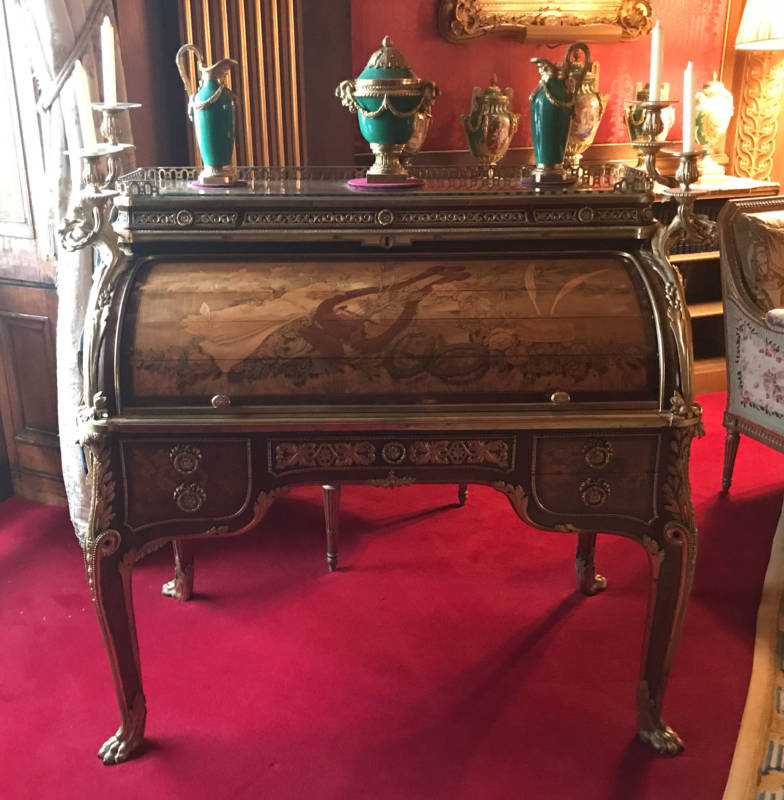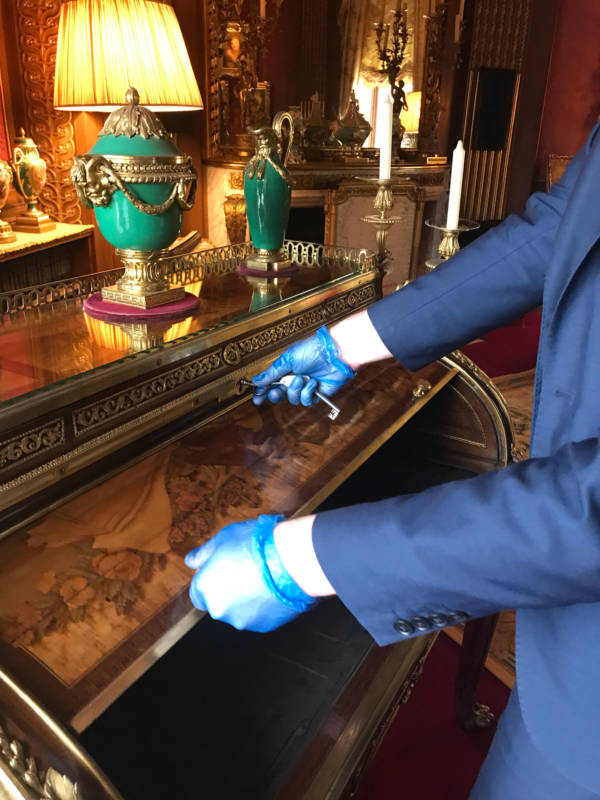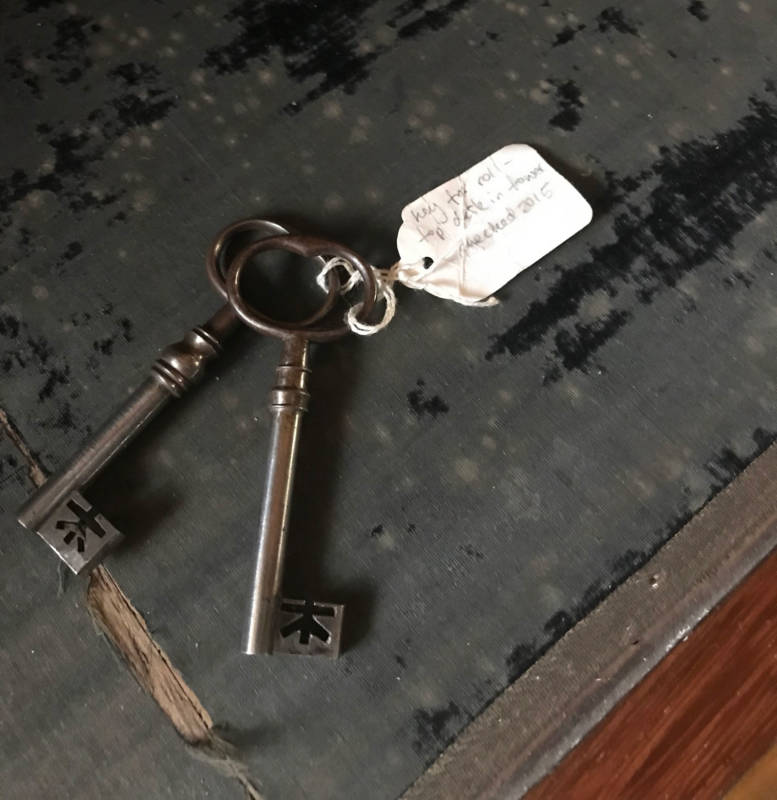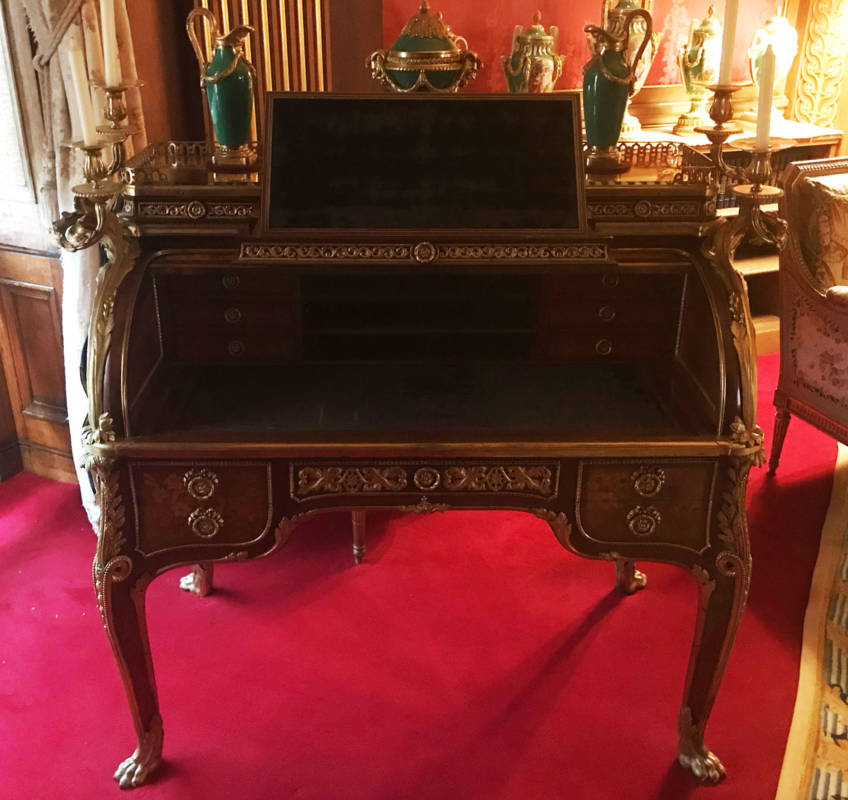
GDPR – 18th century style
Following National Technology Week we asked our Curatorial Assistant, Michael Shrive, to consider how Waddesdon’s historic collection still resonates with today’s, technologically savvy, audience.

We are constantly reminded of the importance of protecting our personal data. With the growing rise of cyber-crime and identity theft, the importance of updating passwords, and protecting ones ‘chip and pin’, has perhaps become as natural as locking the front door. In today’s fast changing world technology plays a vital role in this fight. Recent years have seen the introduction of voice activation; fingerprint technology; and face recognition.
Just over 200 years ago, Marie-Antoinette bemoaned the difficulty in keeping secrets at court – fearing no paper was safe; concerned about shady goings-on during the night. In a world where access to court secrets denoted influence and power, technology, too, played a role in securing the confidential.
Originating in the mid-18th century the roll-top desk was innovatory. Closing the top secured papers in an instant, akin, maybe, to closing the modern-day laptop.



Prior to the roll-top desk, papers had to be cleared from the table top, filed into drawers, and locked away – a time consuming process. The roll-top desk probably supplied to Louis XV’s daughter, Marie-Adélaïde (1732-1800), around 1775, by Jean Henri Riesener (1734-1806), and now at Waddesdon Manor, features an ingenious locking mechanism operated by a single key.

The desk also contains an additional secret compartment, accessible only through removing further drawers. Then, as now, we all have things we never want to share. With the recent introduction of the General Data Protection Regulation (GDPR) legislation, the use, control and safeguarding of our personal data is, once again, a hot topic. While drawing historic parallels can often be challenging, it equally serves to remind us of some of the basic behaviour and concerns that we share with our not so distant past.

See Riesener’s Roll Top Desk, c.1775, Tower Drawing Room in our collection online >






